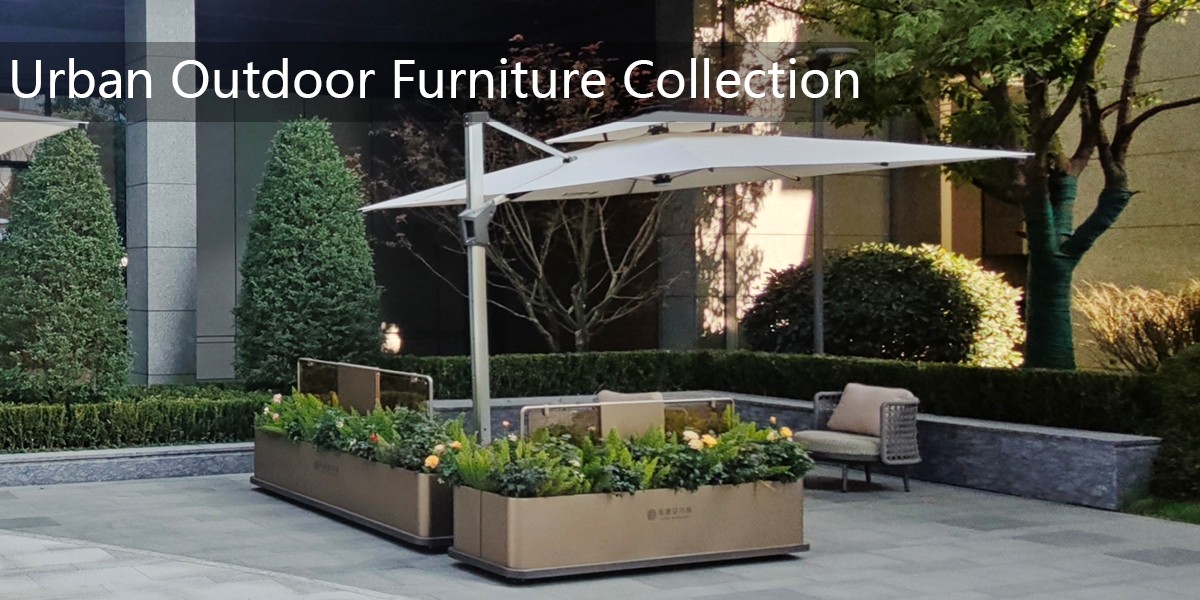Outdoor sculptures serve as silent witnesses to the relentless march of time, their surfaces transforming under the caress of wind, rain, and sunlight. Unlike gallery-protected artworks, these public installations engage in a dynamic dialogue with their environment, accumulating layers of meaning through physical change.
The most visible evidence lies in material metamorphosis: bronze develops a greenish patina, marble erodes into softer contours, and iron oxidizes into rustic hues. These weathering effects create a visual timeline, where each stain or crack narrates decades of exposure. The Statue of Liberty’s shift from copper shine to iconic turquoise stands as a textbook example of this natural alchemy.
Beyond material decay, sculptures also reflect temporal shifts through evolving cultural interpretations. A war memorial’s unchanging form may carry radically different meanings across generations, its symbolism rewritten by historical events. Contemporary artists now intentionally design works to change over time, using biodegradable materials or interactive elements that invite temporal collaboration from nature and viewers alike.
Urban development further contextualizes these artworks. A once-isolated statue might find itself surrounded by skyscrapers, its original spatial relationship obliterated by city growth. This environmental framing creates accidental juxtapositions that speak volumes about societal priorities across eras.
Ultimately, outdoor sculptures become four-dimensional artworks, where time serves as both collaborator and critic. Their enduring presence offers a unique lens to examine humanity’s relationship with permanence in an impermanent world.


